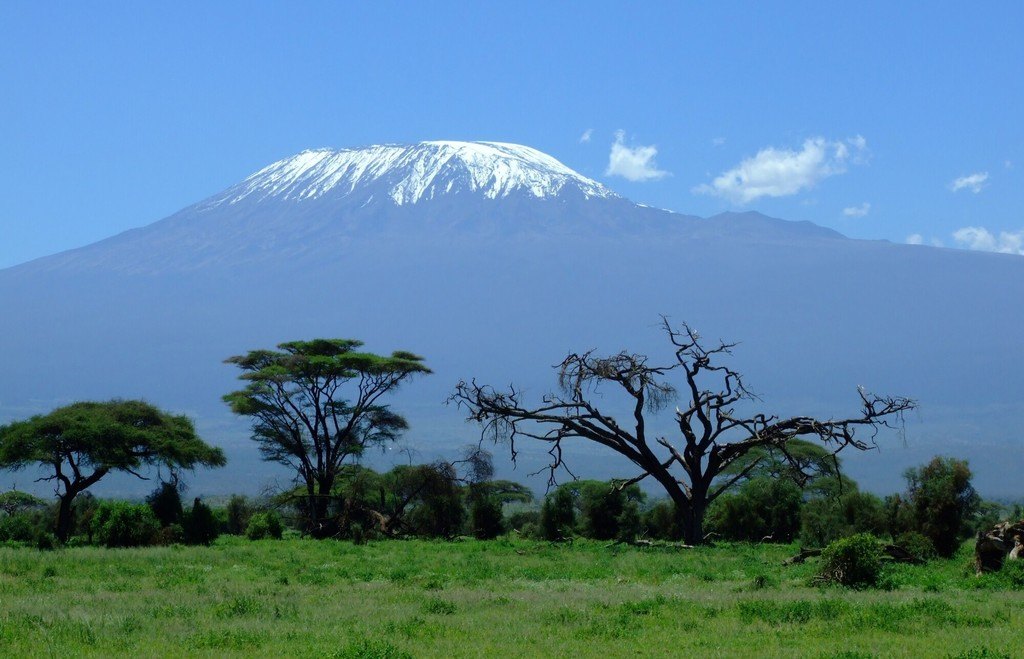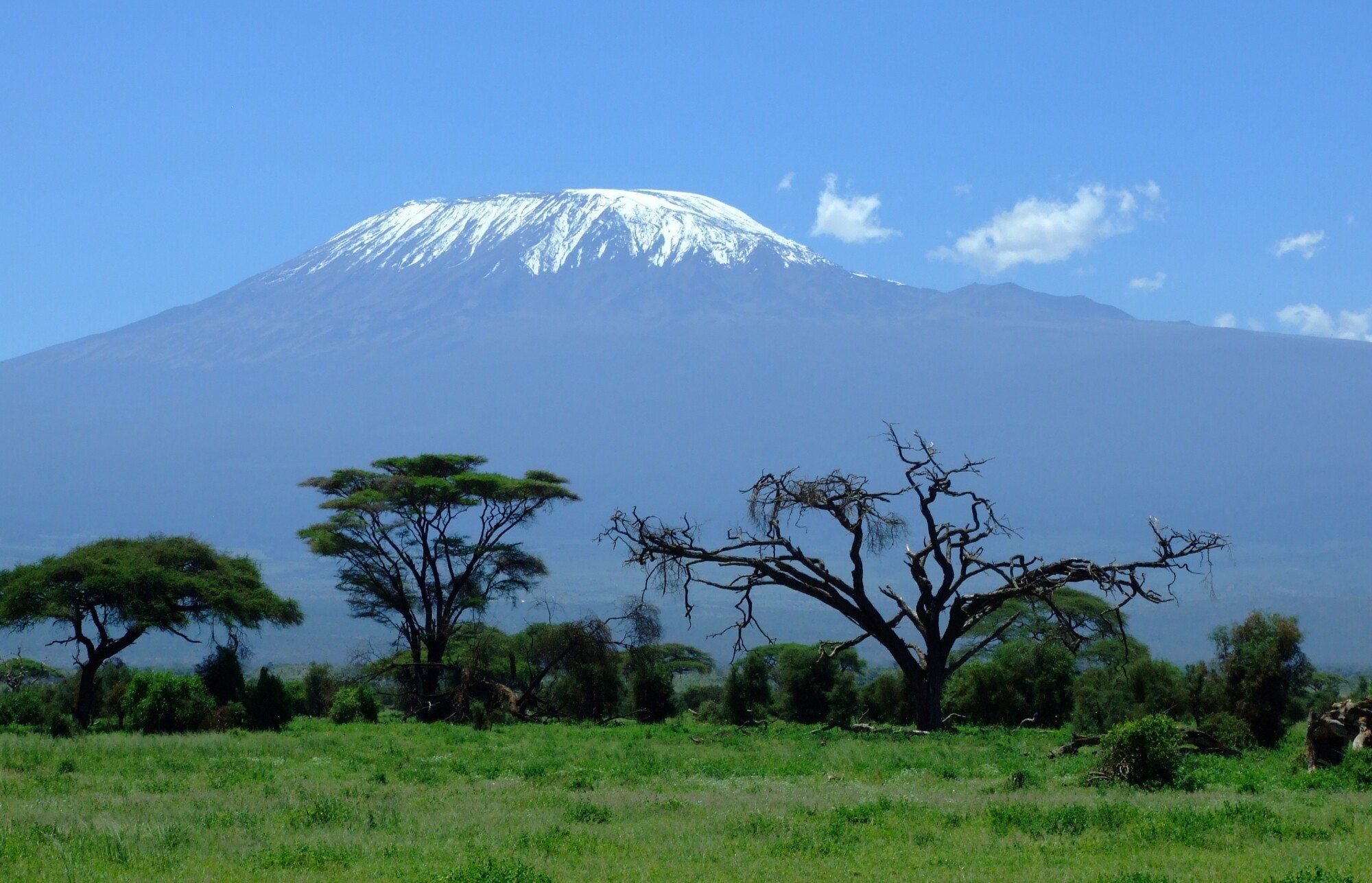6 Things You Must Know Before Climbing Mount Kilimanjaro

“Because it’s there!”
This was George Mallory’s response to being asked why he wanted to climb Mt. Everest. Despite his untimely death on Earth’s highest peak, Mallory’s words have inspired mountaineers for decades.
With the graceful way it rises above the Serengeti, people have thought the same about climbing Mount Kilimanjaro since time began. Do you want to count yourself as a member of the club of people who conquered it?
Keep reading for six things you should know before setting out on this grand adventure.
1. How Long to Hike Kilimanjaro
The time it takes to hike Kilimanjaro depends on the length of your route and your skills as a climber. If you are an expert, then you can select a short route with an ambitious daily distance target. This could mean your trip is less than a week long.
Be warned, this is only suitable for experienced climbers who do not require extensive acclimatization. If you are less confident, then you should choose a longer trip that gives you days to get used to the altitude.
2. Routes for Climbing Mount Kilimanjaro
There are many routes up Kilimanjaro. These vary in length and difficulty so you can select the route that best suits your skill level. The main three routes up the mountain are Marangu, Rongai, and Lemosho routes.
You may not have expected this, but if you take the Marangu route there is accommodation available on your way to the summit. Your hike takes you from hut to hut and reaches the peak in a rapid 6 days.
The Rongai route is the only route to the summit that approaches from the north. You begin near the Kenyan border and travel through wild terrain on this quieter route up the mountain. The slope of this route is fairly gradual, making it ideal for less experienced climbers.
If you want a longer path to the summit, then look at the Lemosho route. This is perfect for climbers who need struggle with altitude because it offers plenty of time for everyone in your team to acclimatize. A big bonus of choosing this route is that you get to see the Lava Tower, a 300-foot volcanic rock formation that dominates the local environment.
3. You Need a Guide
Tanzanian law prohibits climbing Kilimanjaro without a guide so you need to hire one before you venture up the slopes.
The hike will be tough. If you want to climb Kilimanjaro, you need a team that can support you as you suffer from altitude sickness and sub-zero temperatures. The guide team will provide high-quality equipment and their invaluable expertise to make your journey as safe and comfortable as possible.
The typical team will be made up of a lead guide, assistant guides, cooks, and porters to carry your belongings. Make sure the lead guide has a lot of experience on the mountain. After all, you are putting your safety in their hands.
4. Kilimanjaro Hike Cost
The amount of money you spend will depend on the length of your ascent. A shorter hike is cheaper because you are hiring your guide team for a shorter period.
Seasoned trekkers can opt for quick hikes that take less than a week. This approach to the ascent will mean carrying less equipment. Expect to pay around $2000 for the full package for a bare-bones experience like this.
However, if you are less experienced, then there are many options available to you.
Find yourself a tour operator that offers a comfortable slow ascent with a large guide team to help you. You will have porters to help with your luggage and your meals will be provided. This is perfect for people who are new to altitude hiking, or those who are looking for a more leisurely Mt. Kilimanjaro hike.
5. Best Time to Hike Kilimanjaro
It is possible to attempt an ascent all year round but it would be unwise to do so during the rainy seasons. These are March to May and November to December. The rain makes the trails very slippery and dangerous during these times, so avoid them if you can.
Instead, look to attempt your Mount Kilimanjaro hike during the drier months of January to February and June to October. This will be safer and a lot more comfortable. You will probably be on the mountain for over a week so wet clothes and a damp tent will become very tiresome.
Please remember that everyone thinking about climbing the mountain will reach the same conclusion. So whilst these months are the best for climbing, they are also the busiest.
6. Extra Camera Batteries
This one may seem obvious but it is very easy to forget. You will be climbing the mountain for days on end so it is highly likely your phone and camera will have run out of batteries. It would be a massive shame if this meant you didn’t have any photos on the summit.
Make sure this does not happen to you by bringing extra batteries to take that all-important summit shot. Your parents will thank you!
What Are You Waiting For?
Now is the time to take the next step in your mountaineering career. Climbing Mount Kilimanjaro is a herculean feat, that many people can achieve through hard work and willpower.
This guide is the beginning of your Tanzanian adventure. Why not share this article with your climbing friends and check out our website for more travel tips? It’s time to start planning a trip together.


